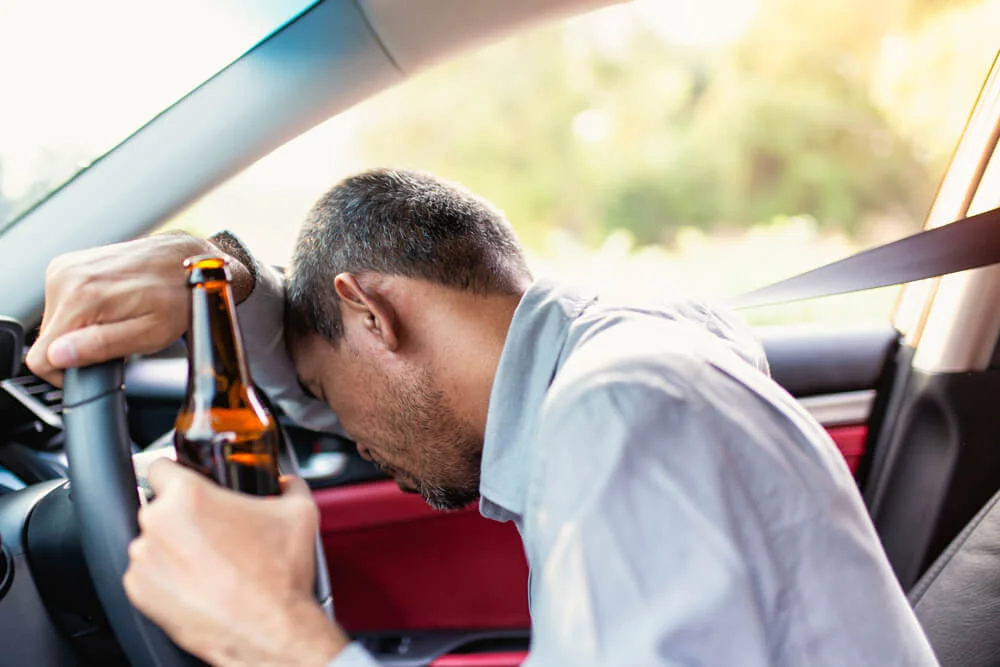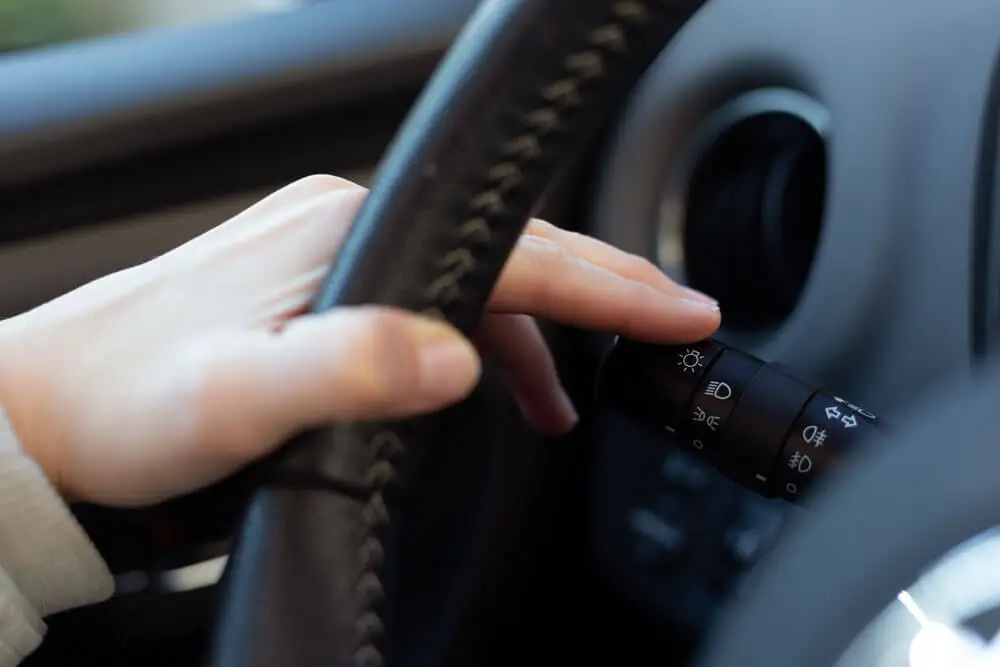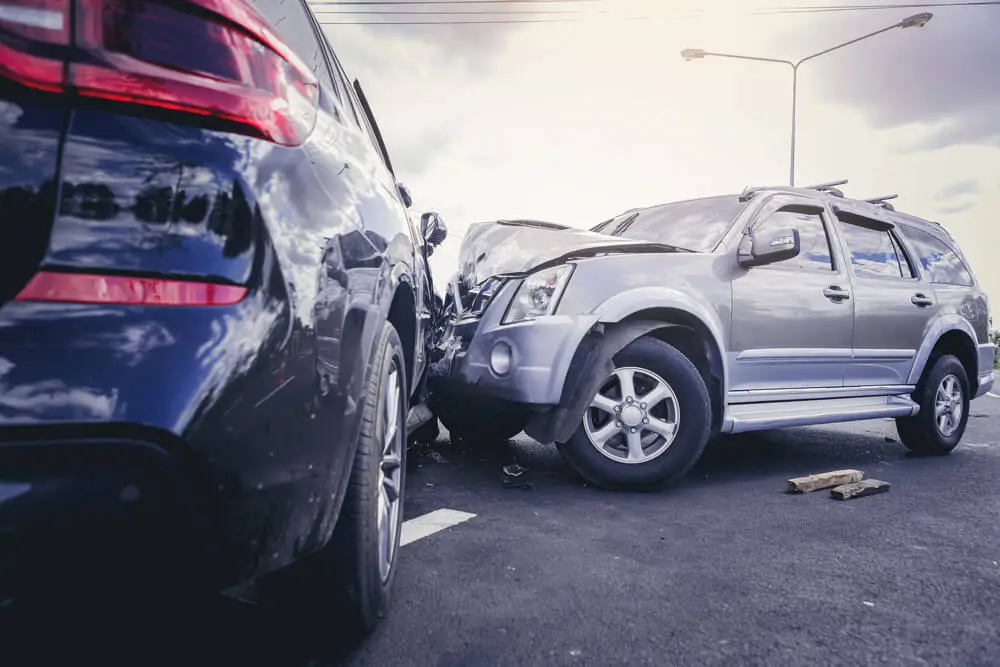Car Accidents

Car Accident Lawyers In Washington DC
How Many Car Accidents Occur Each Year in America?

What are the Leading Causes of Car Accidents?
Aggressive Driving
This includes any type of driving that is dangerous, such as tailgating and making constant lane changes. Aggressive driving can be a dangerous situation for people who are caught in the crossfire, even on surface streets. For example, someone who is being tailgated could be anxious and make bad decisions that cause an accident, and sudden lane changes could cause multi-vehicle accidents as drivers sideswipe one another or run off the road.
Aggressive driving can also lead to road rage if the person who is being aggressive gets upset at the actions of another driver. Aggressive drivers may stir up road rage that could involve multiple vehicles, and these drivers may even pull over to engage in physical altercations. Drivers should always avoid aggressive motorists. It is best to focus on the road. If someone is tapping their brakes, pull over, get off at the next exit, or turn onto a side street to avoid that driver. If the aggressive tactics of another driver are frightening, it might be best to call 911 to report that driver.
Distracted driving
This includes driving while texting, driving while speaking on a mobile phone, using a GPS device while driving, applying makeup, chatting with a passenger, eating, reaching down to pick an item off the floor, and reaching into the glove compartment. Any activity that takes a driver’s hands or eyes off the road can increase the risk for a serious accident. Distracted driving is a leading cause of rear-end wrecks.
Distracted driving also includes slowing down to watch accident scenes, talking to people outside the car, and trying to flag down other motorists. Again, passengers can distract the driver. If drivers need to slow for good reasons, they should use their hazard lights to alert other drivers of their slow driving or the situation.
Drowsy Driving
Fatigue is a factor in many serious traffic accidents. Aside from the dangers associated with falling asleep behind the wheel, even mild drowsiness can have a significant impact on a driver’s reaction time, as well as their ability to stay alert and use good judgment.
Truck drivers should be particularly careful because they often drive long routes, are expected to arrive on time, and drive too long, even though federal regulations require rest periods during long trips. If drivers believe another motorist is drowsy, they should contact the police or call 911 to get that motorist off the road.
Drunk Driving
Alcohol remains a significant danger to drivers on the road because impaired drivers cannot make split-second decisions, and their reaction time is compromised. Many people turn to ridesharing companies, such as Uber and Lyft, to get home safely after a night of drinking.
Driving under the influence can stretch to driving while intoxicated if the driver is high on illegal drugs or prescription medication. Everyone in the group or at a party should be aware of anyone who is clearly not fit to drive and give them a ride. Drivers should err on the side of caution if someone is medicated for any reason.
Left-Hand Turn
Drivers who try to make a left-hand turn at an intersection against oncoming traffic can easily cause an accident if they do not yield to advancing traffic. When making a left-hand turn, drivers should proceed with caution, even if they have a green arrow. Drivers coming the other way might not notice that they need to stop.
Drivers who are turning alongside other vehicles should be careful of larger vehicles that might cut the corner as they turn. According to the NHTSA, turning left is the most common pre-crash event that can occur. Turning left occurs in 22.2 percent of all accidents, which should lead drivers to be more cautious. Left-hand turns should also include a scan of the crosswalk for pedestrians who have been given the walk signal. If a car speeds through a left-hand turn, the driver may not see a pedestrian who simply does not have the agility to jump out of the way.
Running a Red Light
Drivers who run red lights increase their chances of colliding with a vehicle that has a green light. In 2018, 846 people were killed in red-light accidents across America. The Insurance Institute for Highway Safety (IIHS) notes that proper intersection light timing and cameras often prevent accidents or deter drivers who would drive through intersections.
Drivers should use more caution when sitting at a red light. Waiting just an extra second or two can prevent an accident if someone intends to run the light. At the same time, most drivers can see the entire intersection. If someone does not look like they will stop, it is best to wait until that driver either stops or illegally runs the light. Clients should also keep in mind that a red-light camera does not violate a motorist’s privacy. When obtaining a driver’s license, motorists agree to follow the laws of the state, and driving is regulated to ensure everyone’s safety.
Speeding
Driving faster than the speed limit greatly increases the impact of a collision and makes it nearly impossible for a driver to brake in time to avoid a rear-end wreck. Speeding also causes drivers to lose control of their vehicles. In 2018, 26 percent of all crashes involved speeding and 9,378 people were killed in these accidents.
Speed limits are posted for a reason, and sharp curves, construction zones, and roads with no shoulders should cause drivers to slow down. It is often too difficult for drivers to recover when they are going too fast, and their correction could cause an accident where the car slides, rolls over, or crashes into another vehicle. Inclement weather makes speeding much more dangerous for drivers, even if they believe they can control their vehicles.
Weather Conditions
By itself, bad weather cannot cause an accident, but it can create the environment in which an accident is far more likely. For example, a thunderstorm causes slick roads and poor visibility, and if people do not drive defensively in these conditions, they can easily cause car accidents, such as side-impact crashes. That is why there are nearly six million crashes a year and 21 percent of those crashes involve inclement weather conditions.
Ice and snow can pile up on the road. Black ice can form on clean streets, and bridges will freeze before the road. Some drivers might even encounter sun glare that makes it too hard to see. Drivers in large vehicles could be tipped over by heavy winds, and it is best to pull over if the conditions are not favorable.
Reckless Driving
This includes the driver having a willful disregard for the rules of the road, which include swerving in and out lanes, going over the posted speed limit, or trying to elude a police officer. These actions often lead to hefty charges and accidents.
Faulty Parts and Defects
Faulty parts and defective vehicles caused 44,000 accidents in 2018, and drivers may not realize there are problems with their vehicles until it is too late. Drivers should regularly search online or call their dealership for updates on recalls, and any problems with vehicles should be repaired as soon as possible. Typical issues with faulty vehicles that can cause accidents include the following:
- Faulty tires
- Poor welding or structural work
- Accelerators that stick or engage on their own
- Faulty brakes
- Loose hoses and wiring
- Improper electrical wiring or faulty sensors
- Airbags that do not discharge properly
- Windshield wipers that do not engage properly
- Improper use of fluids in a vehicle
- Fuel system issues
- Seat belts that fail
How Do Ridesharing Accidents Differ from Other Accidents?
Drivers should never leave the scene of a ridesharing accident assuming that the corporation sanctioning the vehicle will handle it. These companies do not own the vehicles involved in the accident, and they often have airtight contracts stating that their drivers are responsible for their own insurance.
Ridesharing accidents that are caused by another driver will involve the guilty driver’s insurance. Even though the victims in the backseat were not driving or affiliated with the driver, they should retrieve personal and insurance information from the driver who is found at-fault.

How Do Pedestrian Accidents Occur?
How Do Motorcycle Accidents Differ from Car Accidents?
Motorcycle accidents and car accidents vary dramatically because motorcycles do not weigh nearly as much as cars. Motorcycles can be difficult to see on the road, and they might dart through traffic with little to no warning. Motorcycle riders should be aware of other vehicles, obey the speed limit, and avoid making sudden movements. Car drivers should be on the lookout for motorcycles and leave enough distance. A motorcycle can stop on a dime in a fraction of a second, but a car takes much longer.
Large truck drivers should be even more careful because a motorcycle could slide under a trailer instead of being sideswiped, and a rear-end wreck could be potentially fatal. Motorcyclists can also be thrown from their bikes during crashes, and motorcycles do not have the safety features found in cars.
How to Avoid Truck Accidents
Truck accidents are easy to avoid if car drivers know what to look for on the road. First, large trucks are difficult to drive, slow to pick up to speed, and take quite a long time to stop. Drivers who are near large trucks should not cut them off, and large trucks should be left extra room when they are turning.
Although it is true that large trucks can sideswipe small vehicles or cut corners when turning, large trucks can experience mechanical issues when they are driven too hard. For example, cutting off a large truck will cause the driver to overuse their brakes. If the brakes fail, the truck cannot stop. Car drivers use their brakes all the time without worry, but a large truck’s brakes must stop much more weight, and those trucks are often driven hundreds of thousands of miles between service appointments.
What About Uninsured Drivers?
What Should Drivers Do After an Accident?
- Call 911
- Check on other drivers
- Get out of the roadway
- Push cars to the side of the road
- Obtain a police report and the officer’s badge number
- Report the accident to your insurance company
- Try to find witnesses who will be willing to talk about what they saw
- Seek medical care
- Contact a car accident lawyer immediately

Are Passenger Injuries Settled in a Lawsuit?
Passengers involved in accidents must know which party is at-fault. The passenger in the car that caused the accident can file a claim against the driver’s insurance and possibly sue the driver for negligence. If the passenger is in a car that did not cause the accident, that passenger can file a claim against the other driver’s insurance.
Passengers may, however, have a part to play in an accident. If a passenger is found to have contributed to causing the accident, their claim could be denied. As mentioned, distracted driving includes interacting with passengers. A passenger who causes an accident could be sued by the driver of the vehicle and anyone else who was injured in the crash.
Can Motorists File a Wrongful Death Claim After a Car Accident?
Motorists and their families can file a wrongful death claim in the state of Maryland if they have lost someone in an accident. A wrongful death case can be brought when a driver or passenger died and would have qualified for a personal injury suit or claim.
The driver or passenger may not have been killed in the accident, but they may have died as a result of the injuries they sustained in the accident. Therefore, all accident victims should seek immediate medical attention. For example, someone who develops internal bleeding needs a doctor to diagnose and treat the problem. If not, the other driver, their lawyer, and their insurance company can claim that those injuries were not sustained in the accident.
- If they are the child, spouse, or parent of the deceased
- If they are an extended family member who depended on the deceased
- If they represent the deceased’s estate
Why Do I Need a Car Accident Lawyer?
Drivers who are involved in an accident should work with a lawyer as soon as the accident occurs. Contacting a lawyer allows them to investigate the crash as soon as possible. Evidence must be gathered, and witnesses must be interviewed. A lawyer will also work the insurance company and medical professionals when handling an injury claim.
By hiring a car accident lawyer, victims enlist an advocate who will communicate with the insurance company, gather the evidence necessary to support the claim, monitor medical treatment to ensure proper care, and negotiate a fair settlement.













